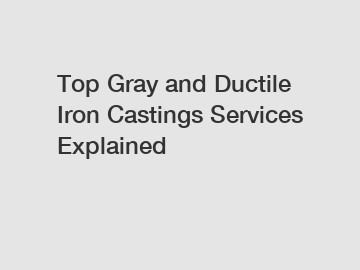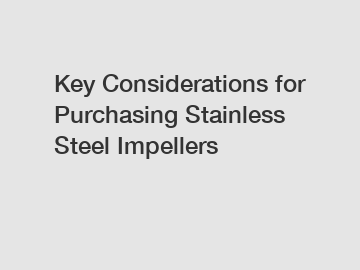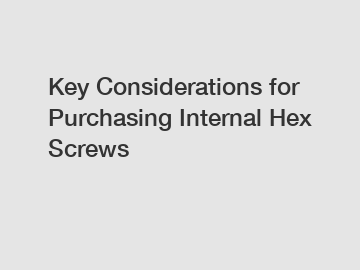Hydraulic control valve - principle and use of directional control valve
The directional control valve is used to control the direction of the liquid flow in the system to achieve the direction of movement of the control actuator (forward and reverse rotation of the hydraulic motor, forward and reverse operation of the hydraulic cylinder, etc.). Commonly used directional control valves are: check valves, manual reversing valves and electromagnetic reversing valves.
a. Check valve
The check valve is a directional control valve that ensures that the liquid flow through the valve only flows in one direction and cannot flow in the opposite direction, which is generally composed of parts such as valve body, valve core and spring, as shown in the figure below.
The working principle of the check valve is as follows: when the pressure oil flows in from the oil inlet P1, the valve core 2 is opened and flows out through the oil outlet P2. When the liquid flow is reversed, under the action of spring 3 and pressure oil, the valve core is pressed on the valve body 1, and the channel is cut off, so that the oil cannot pass through. The spool of the check valve is divided into two types: steel ball type (Fig. (a)) and cone type (Fig. (b) and Fig. (c)). The steel ball spool has a simple structure and low price, but the sealing is poor, and it is generally only used in low-pressure and low-flow hydraulic systems. The cone spool has low resistance, good sealing and long service life, so it is widely used in high-pressure and large-flow hydraulic systems.
The connection methods of check valves are divided into two types: tubular connection (Fig. (a), Fig. (b)) and plate connection (Fig. (c)). The one-way valve with tubular connection is made into a pipe thread at the inlet and outlet ports, which is directly connected with the joint of the pipeline; The inlet and outlet of the plate-connected one-way valve are cylindrical holes with flat bottom holes at the orifice, which are fixed to the bottom plate with screws. A sealed ring is placed in the flat bottom hole, and a threaded connection is used between the bottom plate and the pipe joint. Other types of control valves are also available in two configurations: tubular connection and plate connection.
In the hydraulic system, sometimes it is necessary to reconnect the oil circuit that is locked by the check valve, so the check valve can be made into a structure that can be controlled in the direction of the lock, which is the hydraulic check valve.
The figure above shows the structure of a hydraulically controlled check valve. When the control port K is not through to control the pressure oil, the oil can only enter from the oil inlet P1, and the valve core 3 is opened and flows out from the oil outlet P2, and cannot flow in reverse. When the control pressure oil is passed from the control oil port K, the left end of the piston 1 is moved to the right by the action of oil pressure (the oil chamber disc at the right end of the piston is communicated with the oil drain port, which is not drawn in the figure), the valve core is pushed open to the right through the push rod 2, the oil inlet P1 and the oil outlet P2 are connected, and the oil can flow freely in two directions. The minimum oil pressure for control is about 0.3~0.4 times of the oil pressure of the main oil circuit of the hydraulic system.
Basic knowledge of proportional valves
Selection of hydraulic flow control valves
How to Quickly Repair a Bad Valve Seal?
Understanding the Sanitary IDF Union: Key Insights
4 Tips to Select the Perfect Yoga Studio
How Forklift Carton Clamps Revolutionize Warehouse Efficiency?
Key Questions to Ask When Choosing a Forklift Side Shift Attachment
The hydraulically controlled check valve can also be made into a normally open structure, that is, the oil path is unobstructed at ordinary times, and the oil flow in one direction is locked through the hydraulic control when necessary, so that the oil can only flow in one direction.
b. Manual directional valve
Manual reversing valve is a reversing valve that changes the working position of the valve core by manual control method, and there are various forms such as two-position two-way, two-position four-way and three-position four-way.
The figure above shows a three-position four-way automatic reset manual directional valve. When the upper end of the handle is pulled to the left, the valve spool 2 moves to the right and the oil inlet P and the oil port A are connected, and the oil port B and the oil port are connected. When the upper end of the handle is pulled to the right, the valve core moves to the left, and then the oil inlet P and the oil port are connected, and the oil port A is connected with the oil return port through the annular groove and the valve core center through the hole to realize the reversing. When the handle is released, the spring at the right end returns the spool to the middle position, disconnecting the oil circuit. This type of directional valve cannot be positioned on the left and right ends. If the spool valve can be positioned in the left, center and right positions, the spring can be replaced with a positioning device.
c. Solenoid reversing valve
The solenoid reversing valve, referred to as the solenoid valve, is a reversing valve that uses electrical control methods to change the working position of the valve core.
The above figure shows a two-position three-way electromagnetic reversing valve, when the electromagnet is energized, the armature pushes the valve core 2 to the right end through the push rod 1, the oil inlet P is connected with the oil port B, and the oil port A is closed. When the electromagnet is de-energized, the spring 3 pushes the valve core to the left end, and the oil port B is closed, and the oil inlet P is connected with the oil port A.
In addition to the two-position three-way electromagnetic reversing valve, there are two positions and two positions, two positions and four ways, two positions and five ways, three positions and other types of electromagnetic reversing valves, because its electromagnet can be controlled by electrical components such as button switches, travel switches, pressure relays, etc., regardless of the position, the control is very convenient, and it is easy to realize the automation of action conversion, so it has been widely used. According to the different power sources used, solenoid directional valves are divided into AC and DC.
How Does a 4-Way Ball Valve Function?
How to Choose a 28mm Pump Gate Valve?
How Does Concrete Overhead Block Clamp for ODM Work?
How to Choose the Right Overhead Block Clamp for Concrete ODM?
Why Choose Three-Quarter-Inch Ball Valves Over Others?
Top 5 Benefits of 160mm Gate Valve Explained
Design and Construction of ABB Low Voltage Motors









